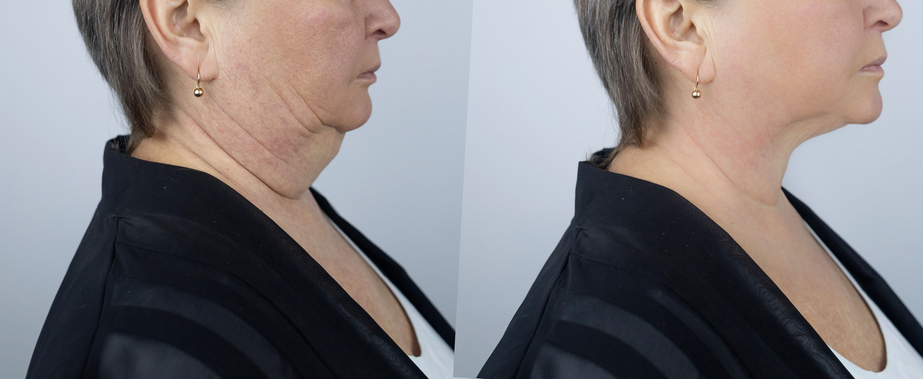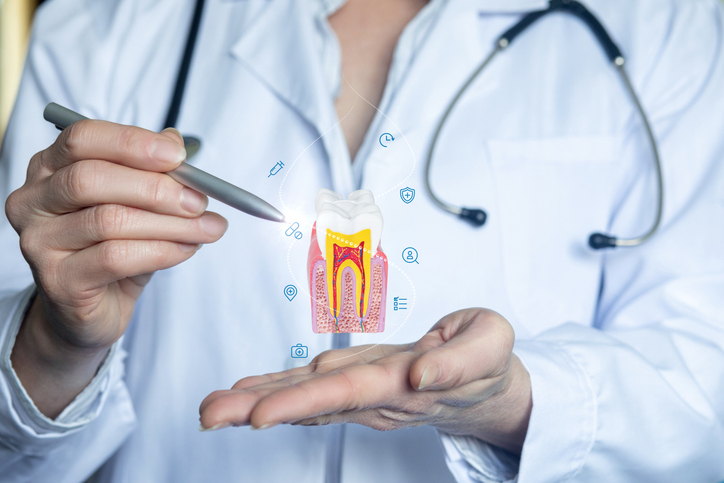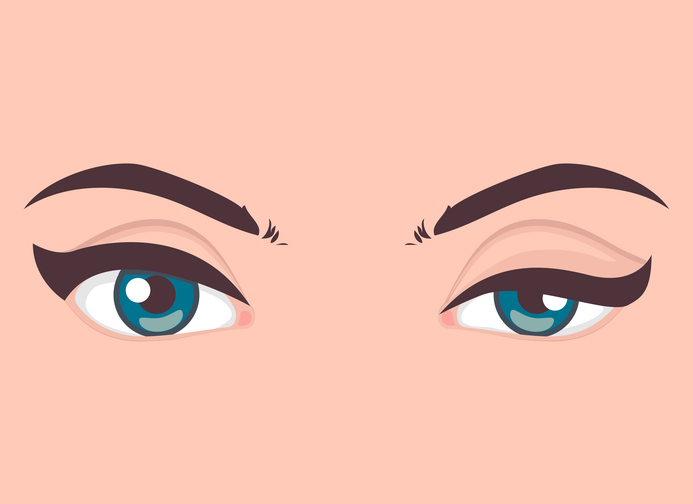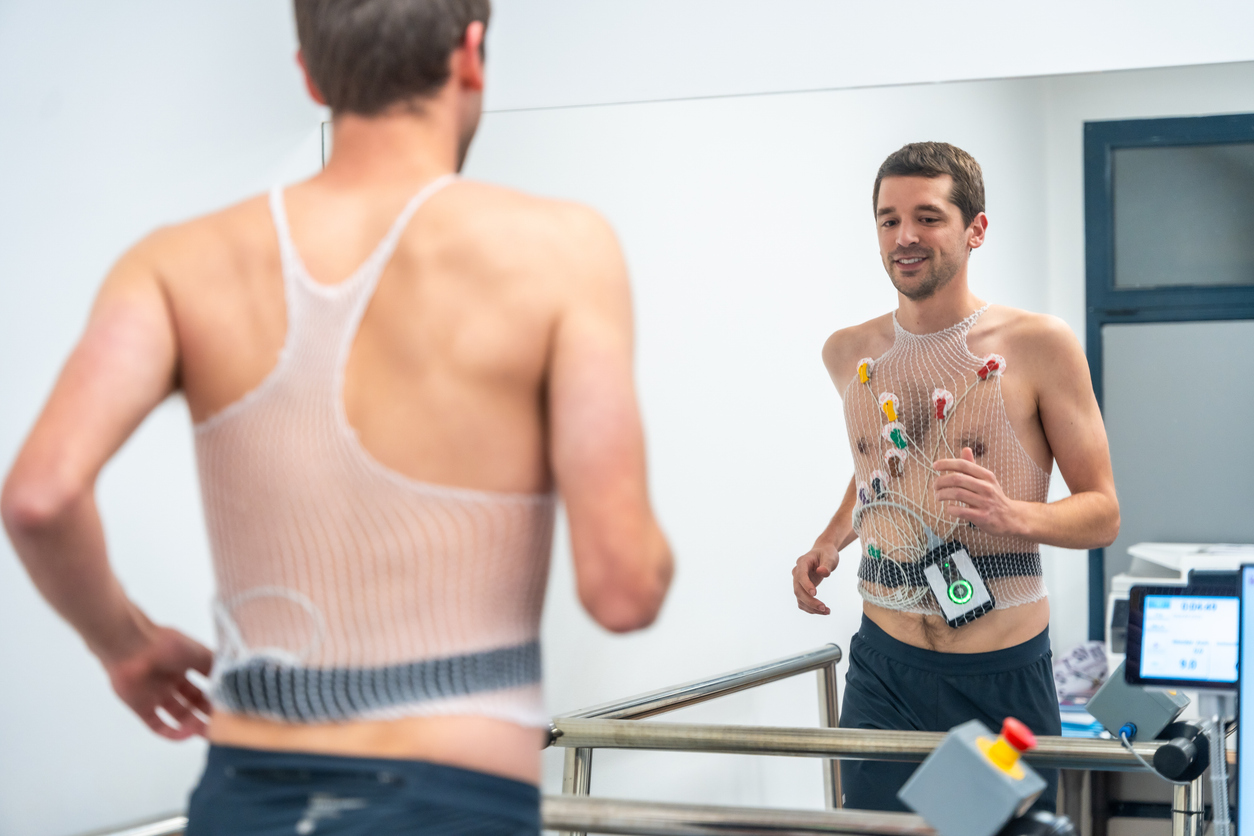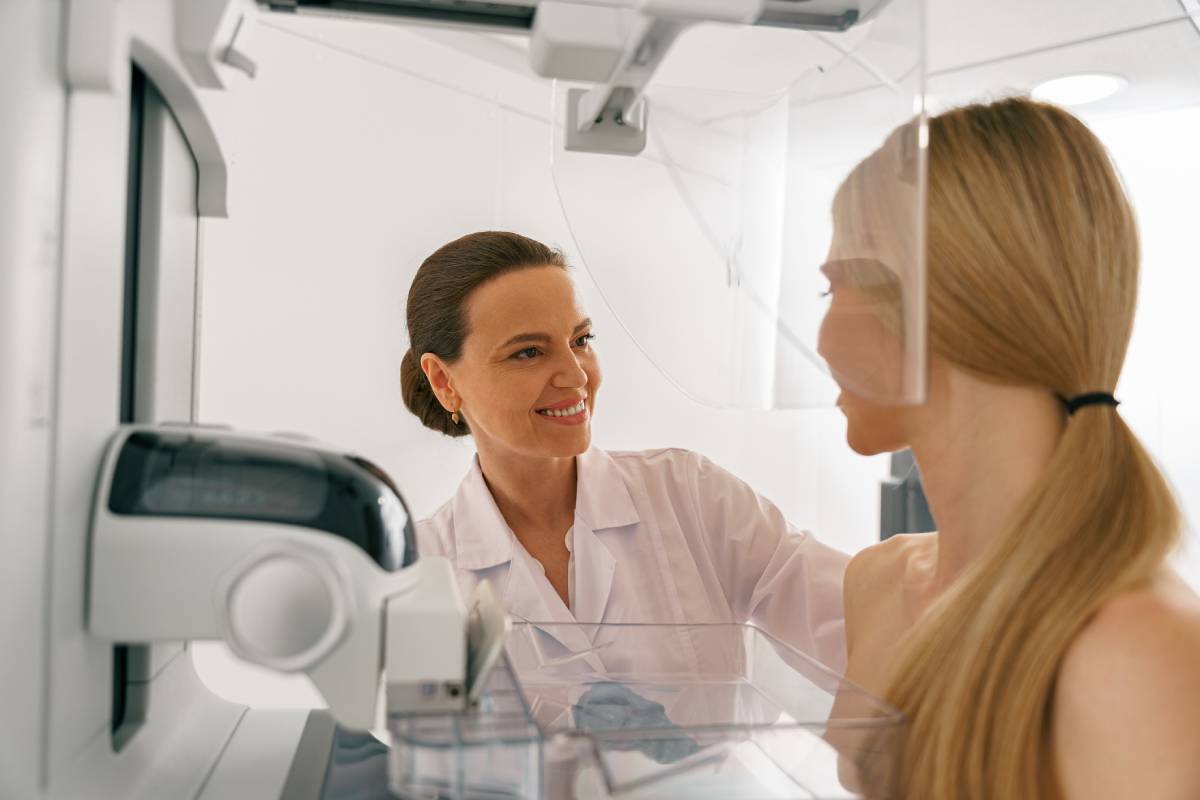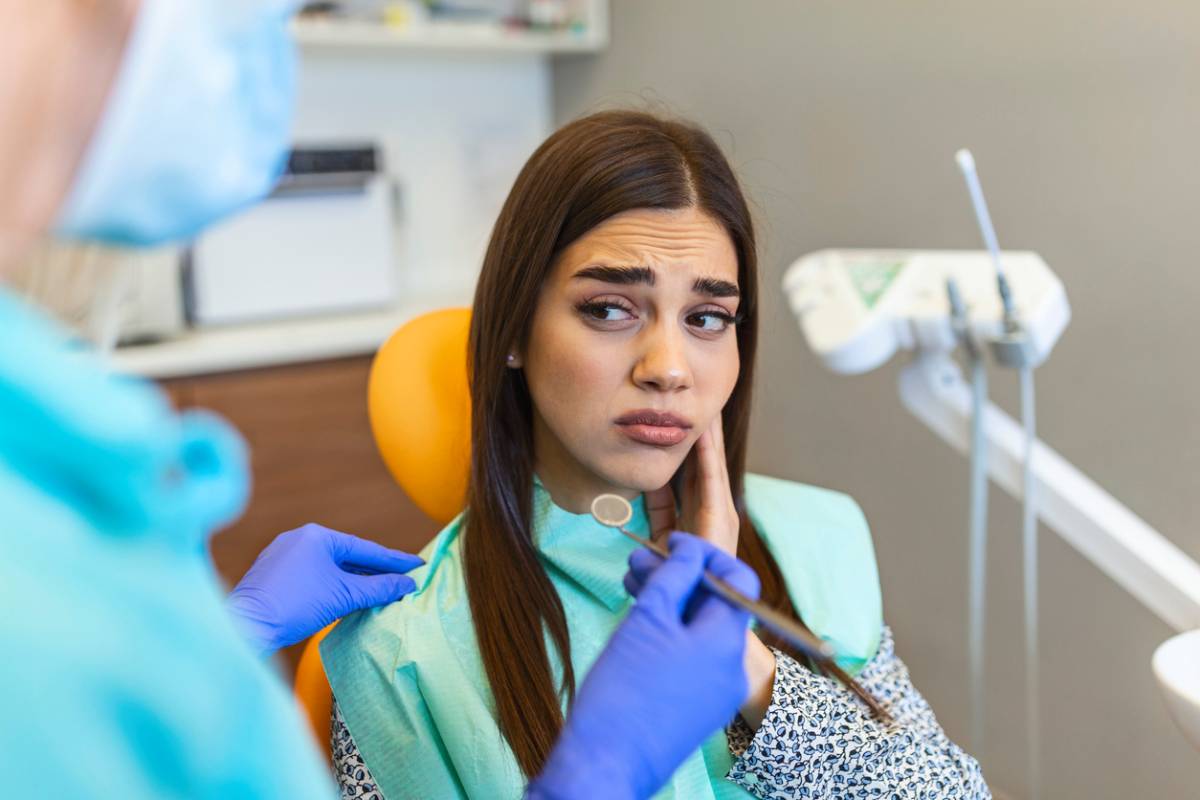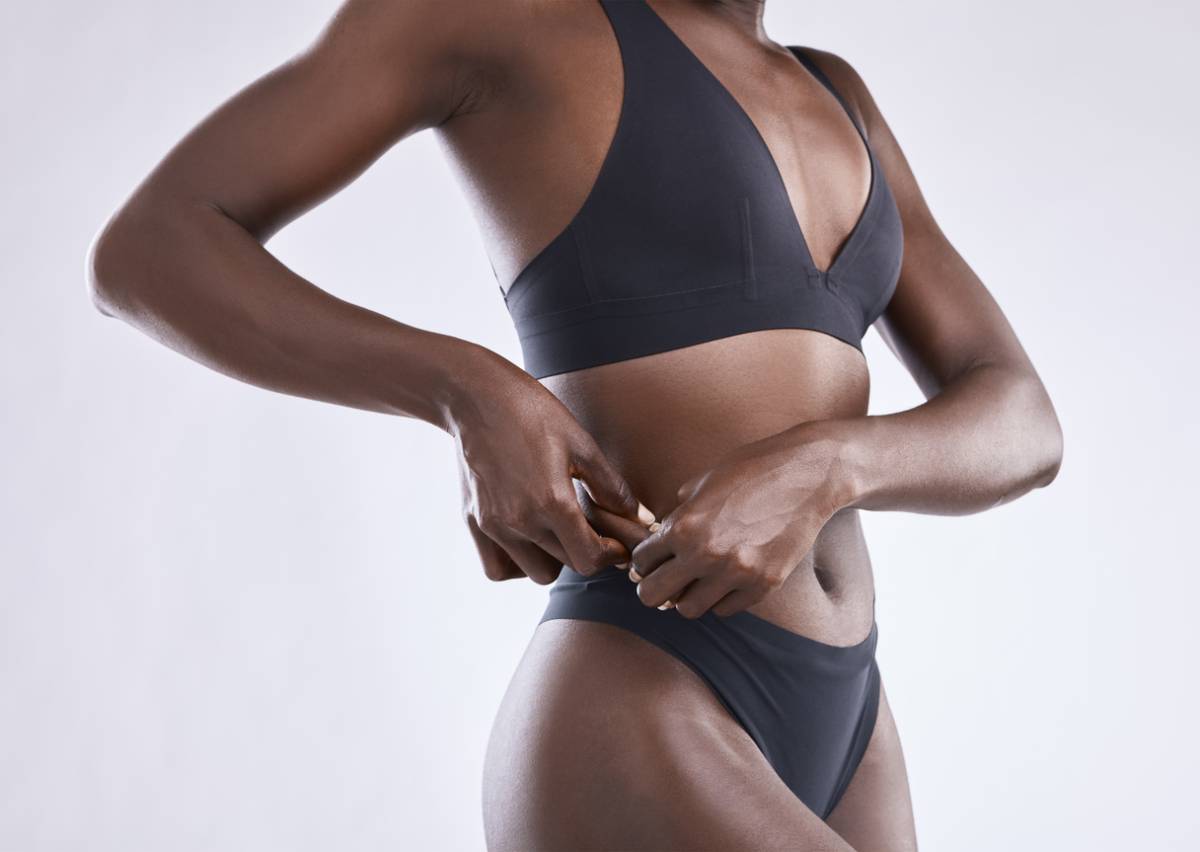How Is Jawline Contouring Performed?
Jawline contouring is a type of plastic surgery procedure that aims to give a patient a more refined and powerful-looking jaw. The procedure can offer stunning aesthetic results, leading to a complete aesthetic overhaul of the jaw. Though the procedure is steadily growing in popularity, many people still wonder how jawline contouring is performed. If you are curious about Epione’s Jawsome jawline contouring, take a look at this guide, which describes some details of the procedure.
What is Jawline Contouring?
Jawline contouring is a type of cosmetic, non-surgical aesthetic procedure. Although it falls under the medical branch of plastic surgery, it is actually a non-surgical operation that involves injecting various kinds of dermal fillers into the jawline to sculpt its appearance more fully. Jawline contouring is renowned for offering patients a more refined and defined jawline appearance. In addition, the procedure can assist those who have suffered injury to their jaw and are looking to restore some element of their appearance.
Two major types of fillers are employed in this procedure. In general, they will likely involve one of the following:
- Dermal fillers
- Hyaluronic acid
The Benefits of Jawline Contouring
There are many benefits to jawline contouring, though the exact benefits you reap will depend on your goals for the procedure. The following are some of the most commonly reported benefits of receiving jawline contouring:
- Stonger chin
- Enhanced jawline shape and definition
- More symmetrical facial structure
- More defined facial structure
- Increased volume in the lower portion of the face
- Increased satisfaction with one’s appearance
How is Jawline Contouring Performed?
There are several steps involved in the jawline contouring procedure. Generally, most patients undergo the following:
- Patients have a consultation with their physician, and their general medical profile is examined.
- A general treatment plan is outlined with regard to the patient’s goals for the jawline contouring process.
- The region that is to receive jawline contouring is identified and marked out.
- The physician injects the filler into the previously determined areas of the jaw.
- A post-treatment guide is prepared and provided for the patient.
- Possible follow-up appointments may be recommended depending on the details of your procedure.
Following one’s physician’s instructions at every step of the process is essential for ensuring the best results. Do not be afraid to ask questions about your procedure.
How Long Do Jawline Contouring Results Last?
The longevity of jawline contouring results depends on the level of work performed and the type of filler used in the procedure. Dermal fillers tend to last for about six months to two years, while hyaluronic acid can last for one to two years.
In addition, the longevity of one’s results is somewhat dependent on how one treats one’s jaw and general lifestyle. For example, prolonged periods of overexposure to UV rays without protection have the potential to negatively impact one’s results.
Risk of Jawline Contouring
Jawline contouring is generally considered a safe and low-risk procedure. However, there are mild risks and side effects of the procedure that one should be aware of. Take note of the following potential risks:
- Mild bleeding
- Bruising
- Numbness
- Redness
- Sensitivity and swelling in the jaw
- Asymmetrical appearance of the jaw
- Allergic reaction to the fillers, which can result in itching
In addition, one should pay attention to the following symptoms that they are facing a severe allergic reaction to the fillers:
- Infection
- Acne-like lumps in the jaw
- Inflammatory skin reactions
- Skin nodules
If any of the above side effects persist for more than a few days, contact your physician as soon as possible to schedule a follow-up appointment.
The Top Cosmetic Surgeon in Los Angeles
The doctors at Epione Beverly Hills are widely regarded as some of the top non-surgical cosmetic surgeons in Los Angeles. If you are interested in the benefits of jawline contouring, contact our office today to set up an appointment and begin looking your best.

